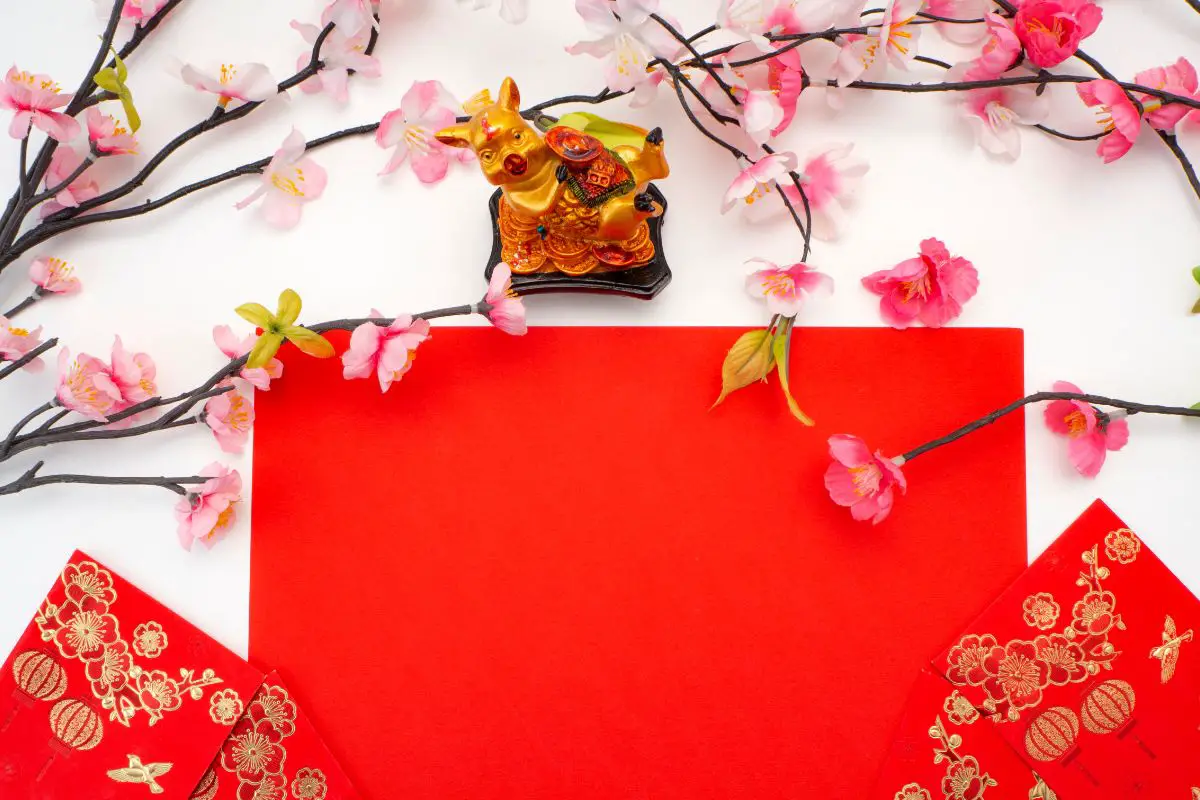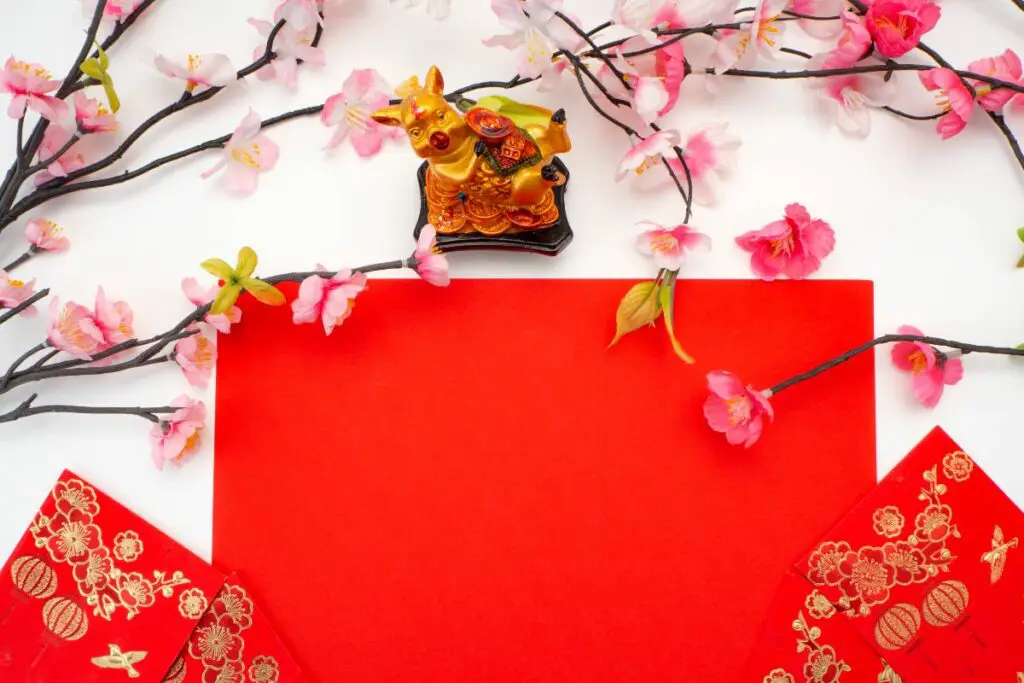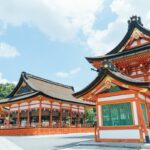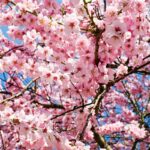The Lunar New Year celebrations take place between the first new moon in January and the end of February. It’s a colorful festival that celebrates the coming spring and old ancestors.

While many Asian countries still hold on to the traditions of the lunar New Year today, you will find that Japan does things differently.
But do the Japanese join in on the lunar New Year celebrations, or does Japan have different festivals for the awakening of spring? These questions can haunt you and leave you unsure of the truth and how to find it out.
Well, no more! In this article, we’ll find the answer. Keep reading to find out if Japan celebrates the Lunar New Year and all you need to know about it!
Do People In Japan Celebrate Lunar New Year?
The short answer is: No. Japanese do not celebrate New Year in the same way as other Asian countries do.
From the 6th Century BC, Japan had a calendar that combined lunar and solar calendars. This was used as the main way of keeping time in Japan until 1873.
Until then, Japan shared the celebrations for New Year with its neighbors China, Korea, and Vietnam. They would celebrate on the second new moon after the winter solstice.
So, what changed in 1873? In 1873, the Japanese government decided to adopt the Gregorian calendar, which then had already been used by many countries across the world, to bring Japan in line with the West.
Many historians confirm that the Japanese at that time believed that Asian traditions were inferior to that of the West, and they had to be abandoned to move Japan forward.
Due to the way the lunar calendar works, it accumulated 13 months in a year. This was very difficult to manage on all levels. Dates suddenly changed significantly, so wages couldn’t be paid and appointments weren’t met.
That’s why the government decided in 1872 to switch to the solar calendar which had already been used by many other countries around the world at that time.
However, this move over to the new calendar system was difficult. Unfortunately, Japan didn’t convert the dates for their old celebrations to fit the new calendar.
They simply superimposed any of the old festivals onto the new calendar causing much confusion, and also moving the New Year by a month.
It’s said that the new calendar was introduced at such speed that people didn’t even have time to prepare for the New Year celebrations properly.
In comparison, China also adopted the solar calendar in 1912 but they chose to keep a dual-calendar system, where the Gregorian calendar was used for everything in the country, except their traditional festivals and holidays.
These were still timed by the Chinese lunisolar calendar. Also, China’s neighboring countries, such as Malaysia, Vietnam, Indonesia, and Taiwan use this system today.
In Japan, many people initially opposed the calendar change, and they continued to celebrate the New Year as per the lunar calendar.
Especially rural areas still held lunar New year celebrations well until the 20th Century.
However, over time the Japanese adopted the Gregorian calendar as part of their daily life, and today there are only a few traces of these traditions remaining in Japan.
Are There Places In Japan Where You Can Celebrate The Lunar New Year?
However, there are some areas in Japan where people still celebrate the lunar New Year. For example, in Chinese quarters or towns with a large Chinese population, such as in Nagasaki, you can see the annual lantern festival.
This has become a tradition not only for the Chinese there but also for the local Japanese people who join in.
As the lunar New Year is not celebrated as in other Asian countries, it’s not a holiday and people do go to work.
However, in towns like Okinawa and on some southern islands in Japan, people put flags out and eat the traditional soba for New Year.
How Japanese Celebrate The New Year
In the Japanese language, New Year’s Eve is best known as 大晦日 (Ōmisoka). 晦 (miso) was originally written as 三十 (meaning 30).
Commonly the 30th was the last day of the lunar calendar. The 大 (Ō) means that it’s the last day of the month this year.
And, while today Japan celebrates the Western-style New Year’s Eve on 31st December, in Japanese the day is still known as the great thirtieth day.
The New Year (お正月 Oshōgatsu) is one of the most celebrated Japanese holidays, and businesses close shortly before 1st January to allow friends and family to gather.
Similar to New Year’s celebrations in the West, the preparations for the New Year in Japan begin weeks before with cleaning (see also, ‘Why is Japan so Clean?‘) and decorating the house. People cook special food dishes and write greeting cards.
The Japanese greeting cards for the New Year are called 年賀状 (nengajō). These colorful cards are usually sent to friends, family, teachers, relatives, and colleagues.
They will be delivered on 1st January, and even in our more digital era, the Japanese still send around 3 billion nengajō every year.
Although the Japanese New year is not aligned anymore with China’s traditional Spring Festival, Japan uses a similar zodiac system with 12 zodiac animals – often featured on typical Japanese New Year’s greeting cards.
As the Japanese celebrate so much earlier than their neighbors, Japan also has kept another tradition alive.
A remnant of the time before Japan adopted the Gregorian calendar, Japanese still celebrate 15th January, also known as 小正月 (Koshōgatsu), or Little New Year.
This is the day when the original New Year’s celebrations would have begun with the first full moon in the new year. This coincides with the Chinese Lantern Festival.
This was historically the day when the Japanese would pray for a full harvest. The day would begin with a hearty breakfast including rice porridge with sweet, red beans.
People would place bamboo cylinders in the left-over porridge and leave them overnight. The amount of rice stuck to the inside of the cylinders would indicate how well this year’s harvest would turn out.
Conclusion
Although the Japanese don’t celebrate the traditional lunar New Year anymore today, many of the rural towns and islands in Japan still hold on to this old tradition with its powerful rituals.









